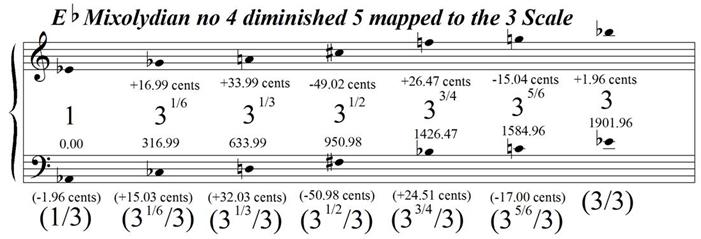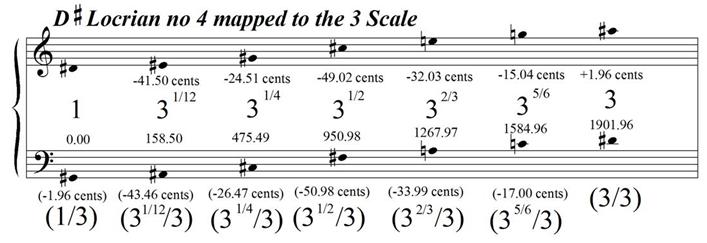
Metasaxophone 10-year Retrospective Concert @
The Red Room, Baltimore, MD
Saturday, August 23, 2008
"Portals of Distortion" (1998)
MS9 Saxophone Ensemble:
Gary Louie, Brian Sacawa, Sheri Oyan, Paul Tucker, Sean Fredenburg, Rose Hammer Burt, Cory R. Kasprzyk, Michael Straus, Steve Temme, Zach Herchen: tenor saxophones
"SXueAk" (2007)
for soprano saxophones, squeaky toys and electronics
"SxrAtch" (2006)
Matthew Burtner: metasaxophone
"Split Voices" (1998)
Matthew Burtner: tenor saxophone, soprano saxophone, electronics
Brian Osborne: drums
"That which is bodiless is reflected in bodies" (2005)
Matthew Burtner: Tibetan bowl, soprano saxophone, electronics
Brian Osborne: drums
"Delta 3" (2004)
Matthew Burtner: feedback electric saxophone
"Mindcam" (2007)
Matthew Burtner: metasaxophone, drum kit
Think Thank: video
"Incantation S4-X" (1998)
Joint Chiefs of Sax:
Paul Tucker, Steve Temme, Chris Blossom, Jeremy Koc
"(dis)Locations" (2007)
Michael Straus and Matthew Burtner: alto saxophone, tenor saxophone, computer, video
"Noisegate 67" (1999)
Matthew Burtner: metasaxophone
"Endprint" (2004)
MS9 Saxophone Ensemble
Matthew Burtner has a sax obsession. A fetish that achieved an audio-visual apex with "(dis)Locations" as the accompanying video sequence of Selmer parts found within a natural environment were lovingly re-assembled into the instrument of the evening. A complicated, yet sensuous, combination of body, key pads, rods and mouthpiece with only the reflection upon the surface of the instrument itself to reveal a human form distorted along its winding, curved form.
Over the course of the evening that obsession with the saxophone, with multiple saxophones and the electronic manipulations engineered through the metasaxophone embraced the reedy timbre and vibrations of this wind instrument in an impressively singular way. This horn was celebrated as physical artifact - as a sax object - rather than drawing upon a continuum stretching from Charlie Parker to John Coltrane to Joe Lovano. This was a music growing from "research" extending into live manipulation of sound as signal through the application of electronics in the service of sax.
"SXueAk" allowed a strain of humor into a music borne of sonic research. The theatrics of squeaky toys and soprano saxophones focused upon a microphone for MAX-driven manipulation in real-time posing the obvious (and snide) question: in a blind-fold test, can one discern between the sound of a squeaky toy and a soprano saxophone? The computer manipulated the timbre of each without prejudice into a room-filling sound of impressive quality.
In an evening long on impressive saxophone timbres it was the wall of tenors - without electronic enhancement - that held these ears most completely. The fluctuations in texture coordinated by hand gestures from Burtner in the back of the room rippled with a deliberate sense of sound design in the service of compositional form.


 Metasaxophone 10-year Retrospective Concert @ The Red Room, Baltimore, MD
Metasaxophone 10-year Retrospective Concert @ The Red Room, Baltimore, MD

 Petra Haden and Bill Frisell: Petra Haden and Bill Frisell. 2005. Songline/Tonefield: TND 312.
Petra Haden and Bill Frisell: Petra Haden and Bill Frisell. 2005. Songline/Tonefield: TND 312. Morton Feldman: Works for Piano. 1990. Hat Hut Records: hat ART CD 6035.
Morton Feldman: Works for Piano. 1990. Hat Hut Records: hat ART CD 6035.1993.jpg) Anthony Braxton/Evan Parker/Paul Rutherford: Trio (London) 1993. 1993. Leo Records: CD LR 197.
Anthony Braxton/Evan Parker/Paul Rutherford: Trio (London) 1993. 1993. Leo Records: CD LR 197. Charlie Hunter: Charlie Hunter. 2000. Blue Note Records: 7243 5 25450 2 5.
Charlie Hunter: Charlie Hunter. 2000. Blue Note Records: 7243 5 25450 2 5. Andrew Hill: Point of Departure. 1964 (Rudy Van Gelder edition released in 1999). Blue Note Records: 7243 4 99007 2 1.
Andrew Hill: Point of Departure. 1964 (Rudy Van Gelder edition released in 1999). Blue Note Records: 7243 4 99007 2 1. Trio M - Myra Melford/Mark Dresser/Matt Wilson: Big Picture. 2007. Cryptogramophone: CG 134.
Trio M - Myra Melford/Mark Dresser/Matt Wilson: Big Picture. 2007. Cryptogramophone: CG 134.
 Joshua Jefferson/Samuel Burt/Paul Neidhardt @ The Red Room, Baltimore, MD
Joshua Jefferson/Samuel Burt/Paul Neidhardt @ The Red Room, Baltimore, MD